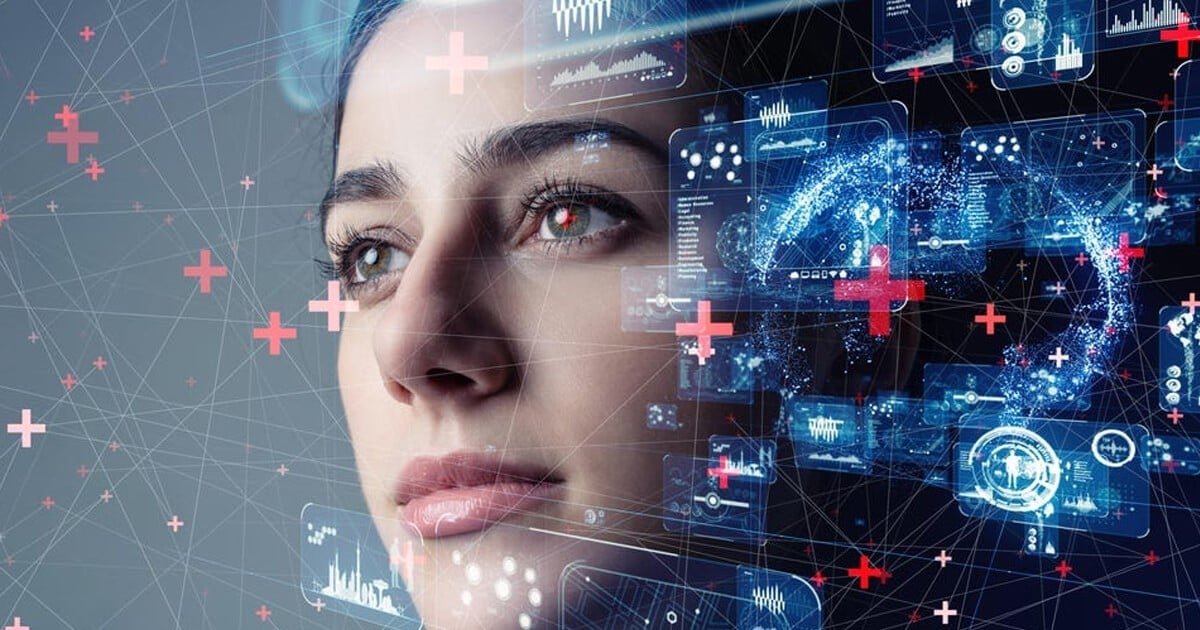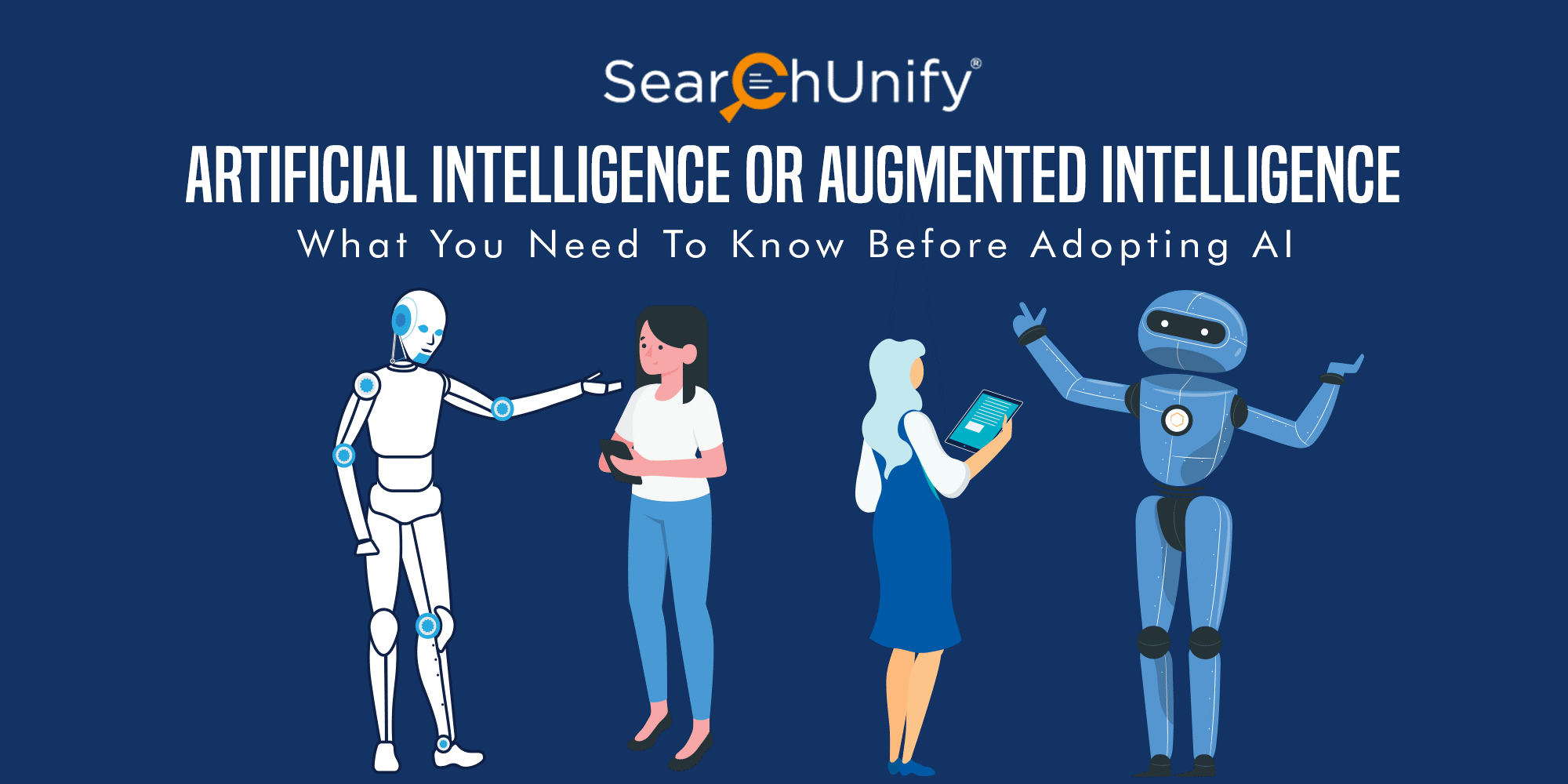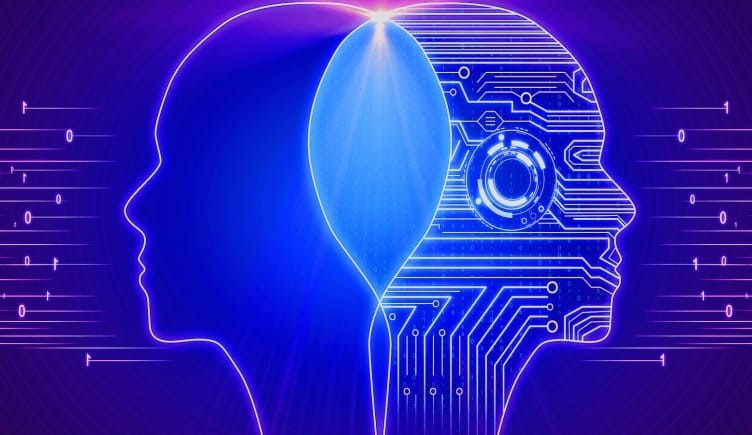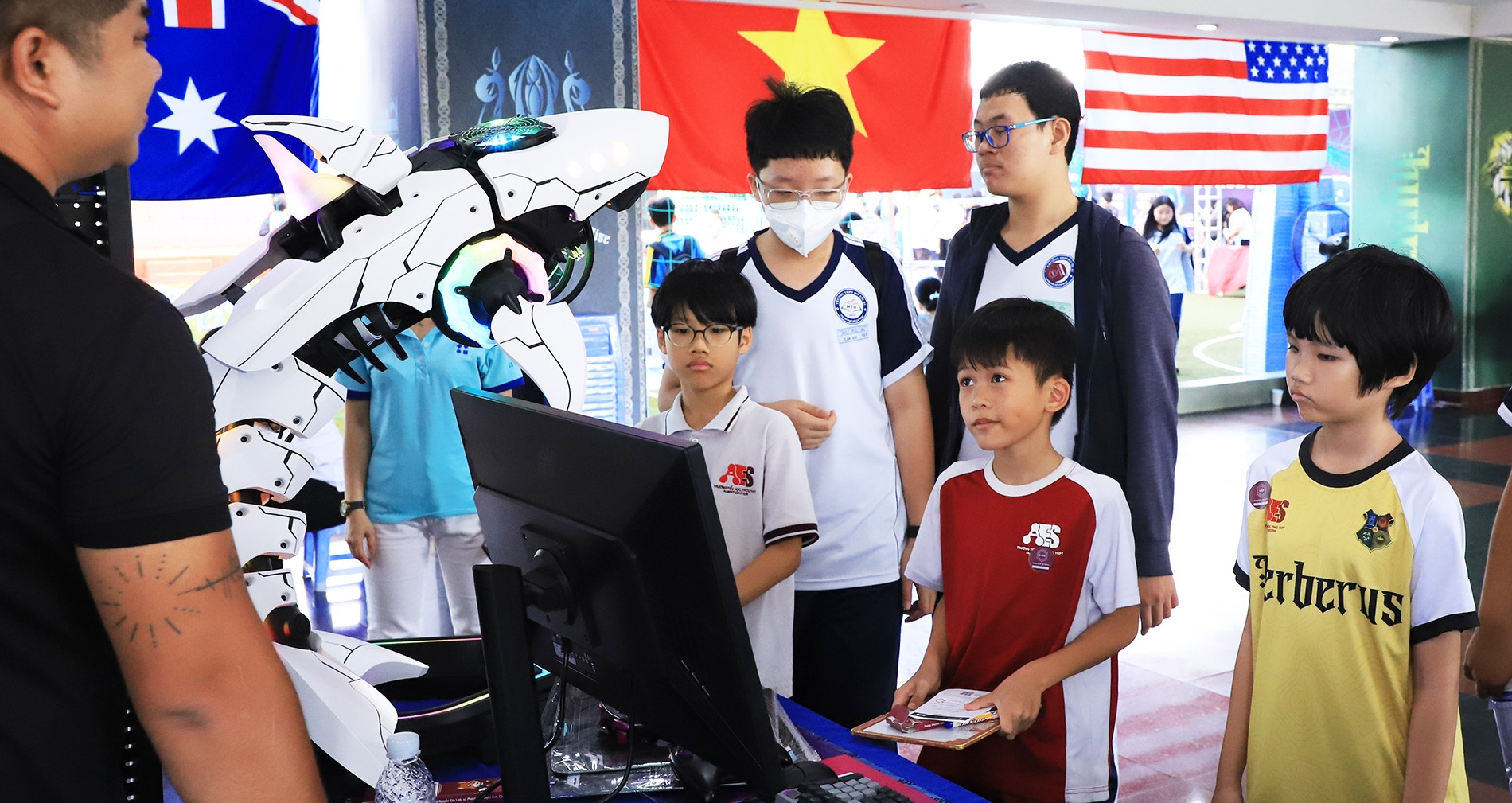 |
| Augmented intelligence is a design pattern for human-centered collaboration. |
Enhanced Intelligence in Life
Traditionally, artificial intelligence is the simulation of human intelligence processes by machines, especially computer systems. Specific applications of AI include expert systems, natural language processing, speech recognition, and machine vision. Thus, artificial intelligence is an autonomous system that operates without human intervention.
As for augmented intelligence, it uses machine learning and deep learning to provide humans with actionable data. Augmented intelligence can be understood as a design pattern for a human-centric collaborative model, in which humans and artificial intelligence (AI) work together to enhance cognitive performance, including learning, decision-making, and new experiences, of which augmented intelligence is a sub-part.
Augmented intelligence has been a part of our lives for many years. One could argue that abacus and later computers were early examples of augmented intelligence, in that they allowed for faster processing of data and decision making based on that data. As the Internet of Things (IoT) and smart objects expand, we can expect to see augmented intelligence in almost every aspect of our lives. It is applied in any industry that mines big data for predictive patterns and metrics. Industries where augmented intelligence can be applied include healthcare, human resources, finance, customer service, etc.
Augmented intelligence improves human decision-making by both processing large amounts of data, which can overwhelm decision makers, and eliminating factors that can distort or misinterpret data, including bias, fatigue, and distraction.
When augmented intelligence and human intelligence are combined, it can create intelligence that is equal to both. An IBM report on augmented intelligence, citing a clinical study, found that AI systems had a 7.5% error rate when detecting lymphoma cells, while human pathologists had a 3.5% error rate. However, when input from both the AI system and human pathologists were combined, the error rate dropped to 0.5%.
Augmented intelligence offers the opportunity to make more accurate data-driven decisions in science, business, and everyday life. It represents a symbiotic relationship between humans and machines. Rather than replacing humans like artificial intelligence, augmented intelligence enhances our decision-making abilities.
The difference
Augmented intelligence relies on deep learning and machine learning techniques to extract huge amounts of data and enable humans to act on them. In the case of a retail store, augmented intelligence can suggest how to order products to a salesperson after observing the shopper's data.
To be precise, augmented intelligence makes suggestions for human decision making unlike artificial intelligence, which works through data and makes decisions anonymously. Together, augmented intelligence and artificial intelligence can help maintain a balance between humans and technology.
 |
| Augmented intelligence has been a part of our lives for many years. |
Frances Karamouzis, Vice President of Research at Gartner, explained the difference between artificial intelligence and augmented intelligence. Frances said that artificial intelligence is a combination of different techniques and tools, and augmented intelligence is just one manifestation, depending on how each person decides to deploy those AI technologies.
Meanwhile, Heni Ben Amor, Associate Professor at the School of Computing and Augmented Intelligence at Arizona State University, USA, said that augmented intelligence is also designed to exhibit intelligent behavior, but its difference is that it cooperates with humans to improve the task to be performed or the decision to be made.
Another noticeable difference between the two is the need for social intelligence. Artificial intelligence is required to exhibit intelligent, human-like behavior, which will support autonomous decision making without any human intervention. However, augmented intelligence also exhibits intelligent behavior but what sets it apart is its intention to collaborate with humans to enhance the accuracy of a given task or a decision being made.
This comes from social intelligence, a feature of augmented intelligence that allows it to understand both the task and the decision a human intends to make before actually performing it. Tech giant Tesla cars are integrated with augmented intelligence despite having an autopilot feature. In emergencies such as sudden braking, the vehicles rely on augmented intelligence to intervene with human intervention.
In a broader sense, when augmented intelligence and humans work together, the benefits will naturally be greater, unlike artificial intelligence.
Augmented Intelligence and Social Intelligence
Another expert from Arizona State University's School of Computing and Augmented Intelligence, Dr. Subbarao Kambhampati explains social intelligence as follows: “Social intelligence, as it relates to technology, is a feature of augmented intelligence that allows for understanding both the task and the action a human is trying to perform before they perform it.
AI systems do not need to have much social intelligence because they are designed to operate autonomously. But with augmented intelligence, social intelligence is needed because it needs to explain to humans what it is doing and allow people to advise it on what it should do in a similar way to how humans interact with each other.
 |
| Augmented intelligence can transform businesses by enabling better decision making, enriching consumer experiences, increasing efficiency, and giving businesses a competitive advantage. |
He also added that when combined with humans, augmented intelligence systems have the benefit of “creating a bigger picture of common sense,” which AI systems tend to lack due to their narrow and deep view of data and information. He also believes that augmented intelligence will become increasingly important in the future.
Augmented intelligence can transform businesses by enabling better decision making, enriching consumer experiences, increasing efficiency, and giving businesses a competitive advantage. Augmented intelligence can help organizations solve complex problems and stay ahead of the curve by leveraging the best aspects of human and machine intelligence. Augmented intelligence should be a key component of the IT industry’s growth strategy.
Augmented intelligence can also help increase accuracy and reduce risk. Systems with augmented intelligence can quickly evaluate massive amounts of data and make recommendations in real time, reducing the likelihood of human error and improving overall outcomes.
Additionally, augmented intelligence can give businesses fresh perspectives on business, allowing them to uncover untapped opportunities and improve productivity.
Source








































Comment (0)